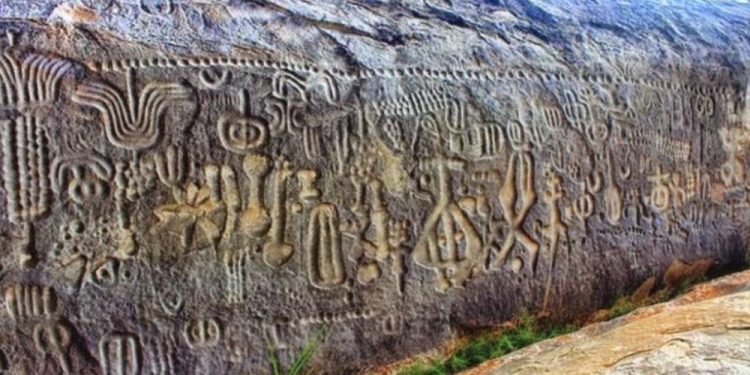The Inga Stone is one of the most mysterious archaeological monuments in Brazil, covered in ancient carvings that some believe represent constellations and celestial events. Could this 6000-year-old rock be the work of early astronomers documenting the stars?
In the heart of Paraíba, Brazil, lies a monument unlike any other in South America. Known as the Inga Stone, or Pedra do Inga, this vast rock formation spans more than 250 square meters and is covered in hundreds of mysterious carvings—some resembling animals, others abstract symbols, and many believed to depict stars and celestial patterns.
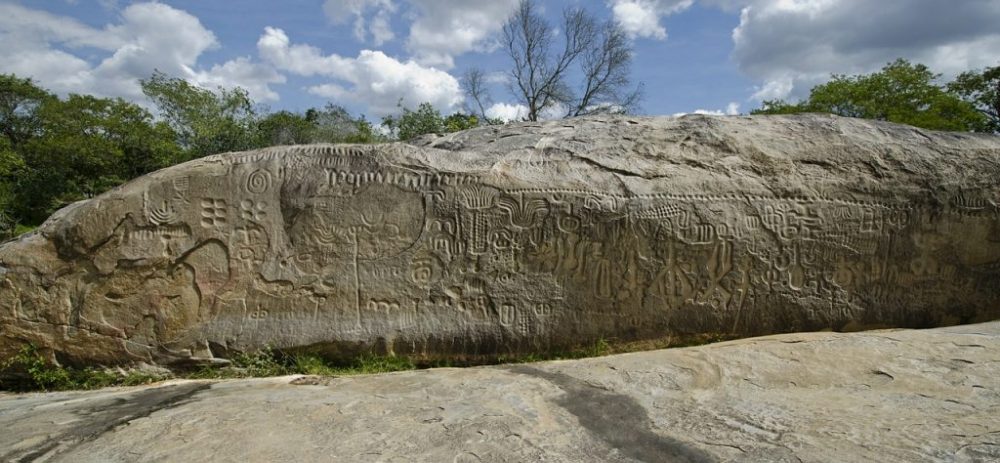
The main wall stretches 46 meters long and nearly 4 meters high, forming a natural canvas etched with more than 400 petroglyphs. While some of these carvings appear zoomorphic, many experts believe the stone’s most intriguing engravings are those that resemble astronomical features: spirals, stars, and what seem to be depictions of the Milky Way and the constellation Orion.
The Inga Stone may preserve an ancient record of the stars
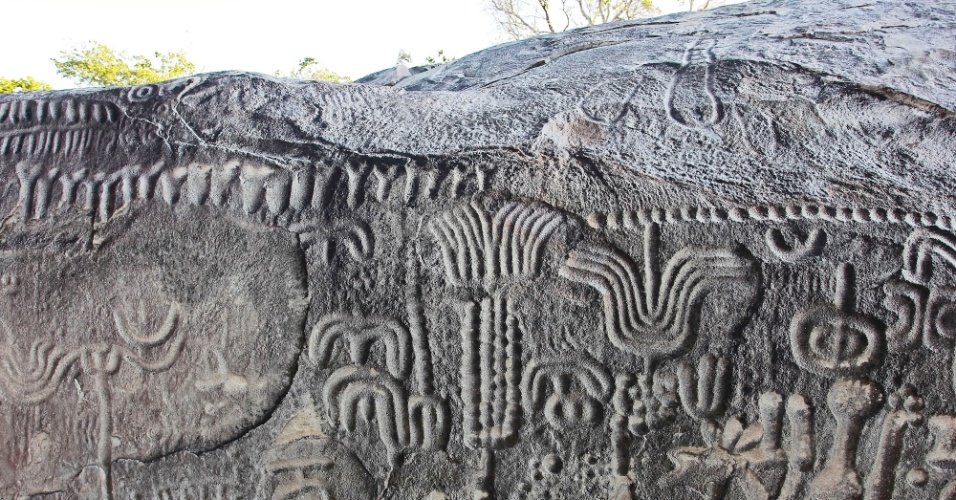
For decades, researchers have debated the purpose of the Inga Stone’s carvings. One compelling theory suggests that the monument served as a kind of sky map or celestial calendar. In the 1970s, Spanish engineer Francisco Pavía Alemany began a detailed study of the site, proposing that a series of carved “bowls” and glyphs formed an ancient solar calendar.
His research, published in 1986 by the Instituto de Arqueologia Brasileira, described how a gnomon—a vertical object casting a shadow—could have been used in combination with these carvings to mark the sunrise and solar movements throughout the year. Alemany’s further studies identified star-like patterns on the rock’s surface, grouped in ways that resembled constellations.
This led to the idea that the Inga Stone may not only have tracked the Sun but also documented stars visible in the night sky—an early attempt to chart the heavens in stone.
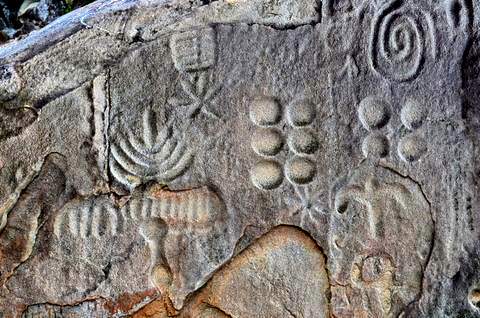
A prehistoric observatory or something else?
Despite the archaeoastronomical appeal, no consensus has been reached. The age of the Inga Stone carvings is still uncertain, though estimates place them at around 6,000 years old. What’s clear is that the site remains one of Brazil’s most enigmatic archaeological landmarks.
Were the carvings a form of prehistoric writing? A religious or cosmological message? A tool for timekeeping based on celestial observation? These questions remain open, largely because the symbols have no direct parallels to known indigenous scripts or iconography.
However, the presence of star-shaped carvings—combined with their apparent alignment and repetition—continues to fuel the belief that the site had astronomical significance. To this day, the carvings remain undeciphered, their creators unknown.
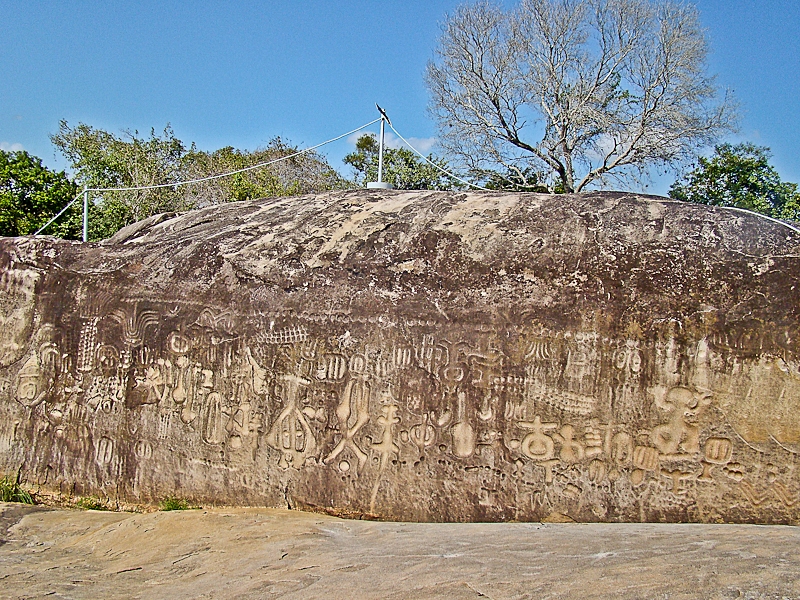
The Inga Stone faces threats from vandalism and neglect
As scholars continue to study the site, the Inga Stone faces a more immediate challenge: preservation. Despite its historical and cultural value, the monument lacks strong legal protections and is often exposed to vandalism and weathering. Activists and researchers have called for better conservation efforts to protect the carvings before they fade or are damaged beyond recovery.
With every passing year, the urgency to understand and preserve the Inga Stone grows. Whether it was a prehistoric observatory, a sacred monument, or something entirely different, this ancient rock remains one of the most mysterious records of human interaction with the sky—an untouched archive carved into stone.



